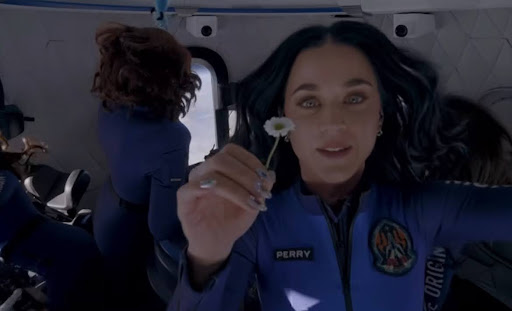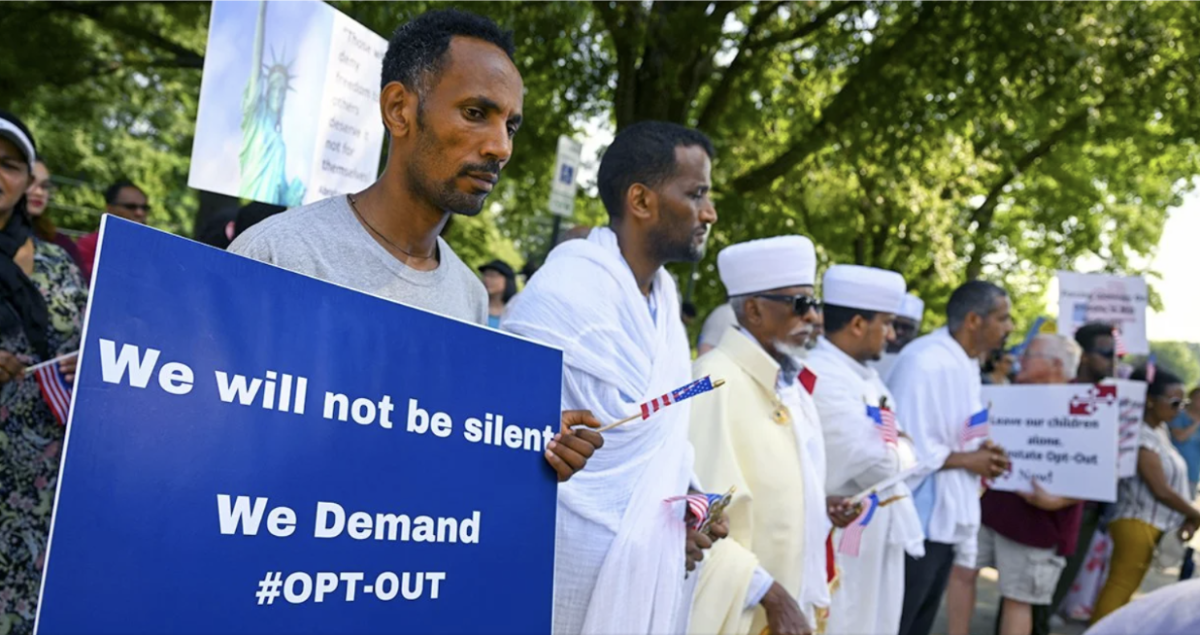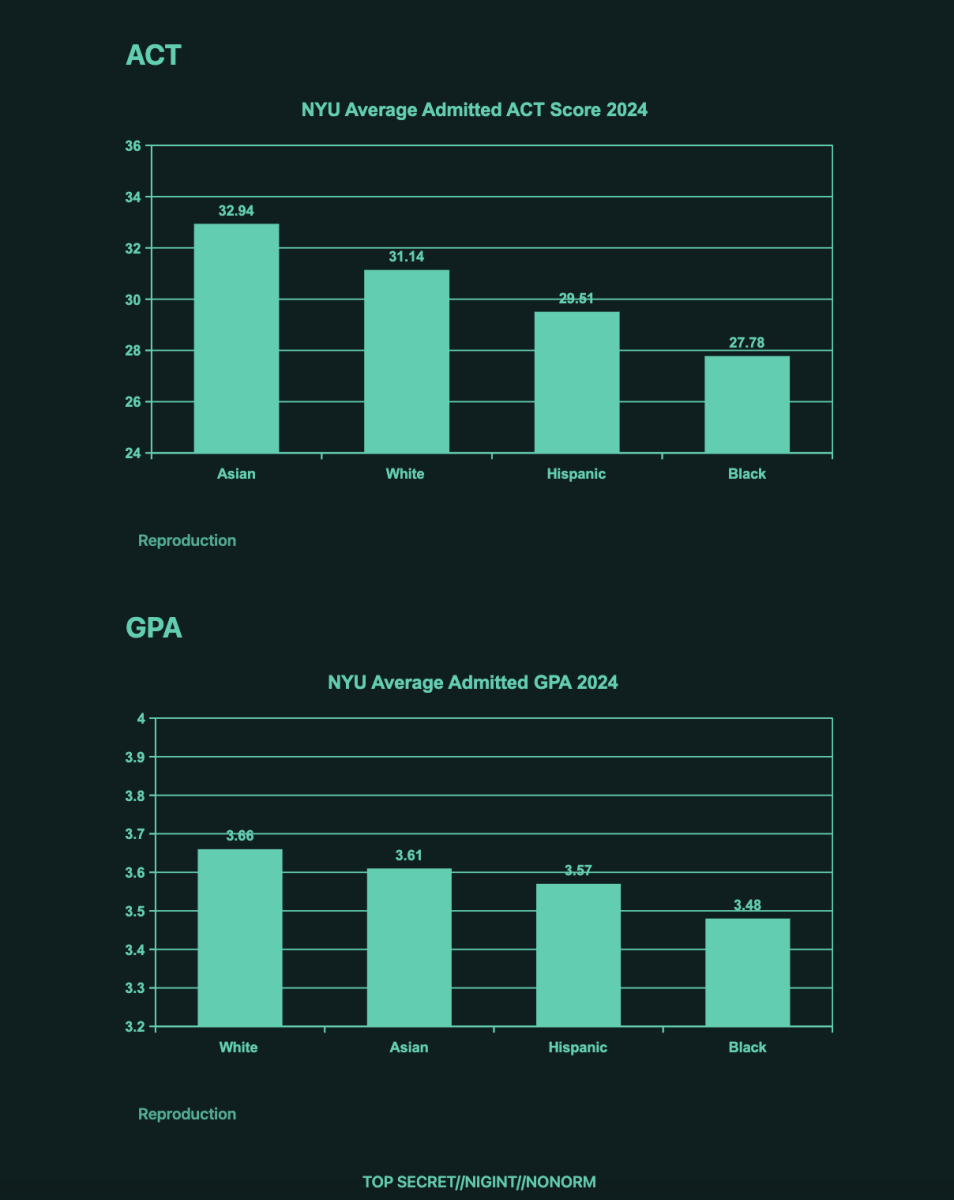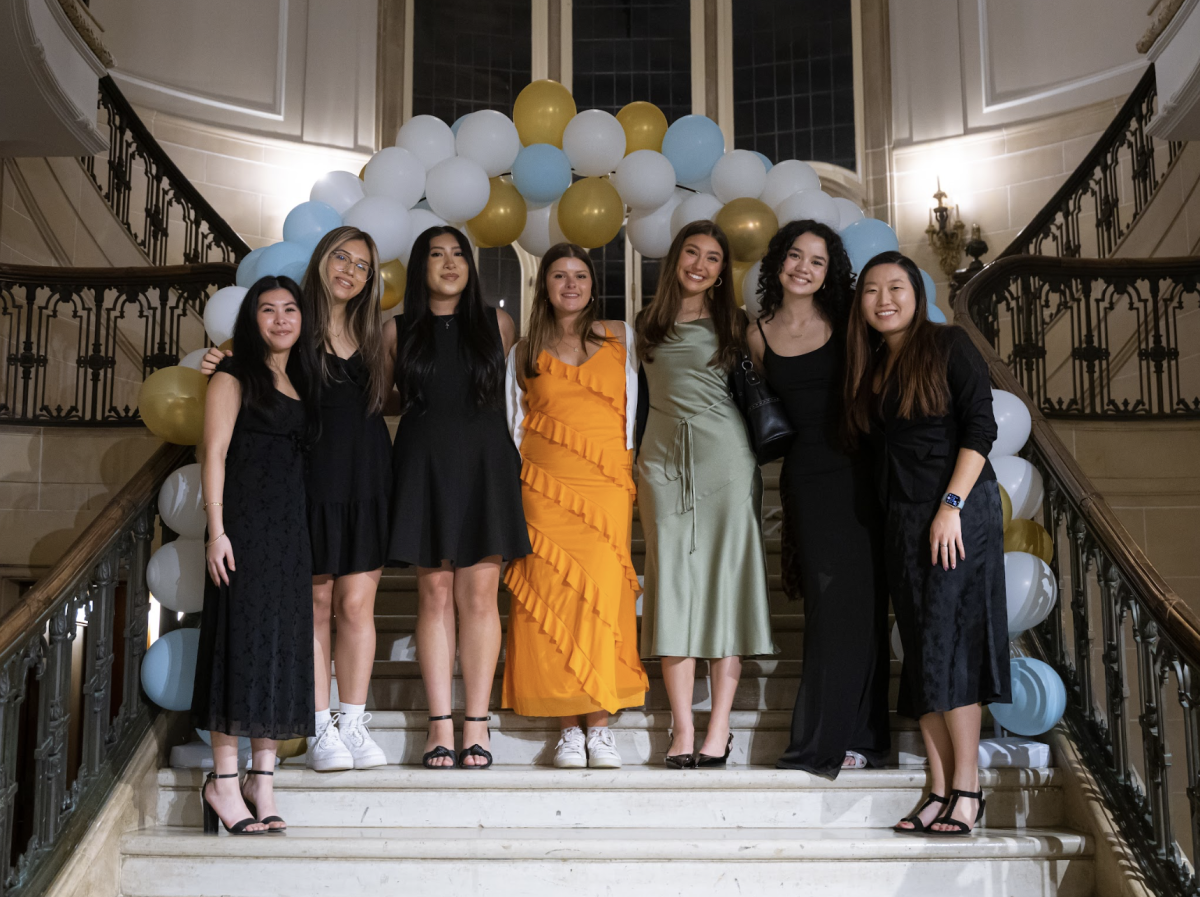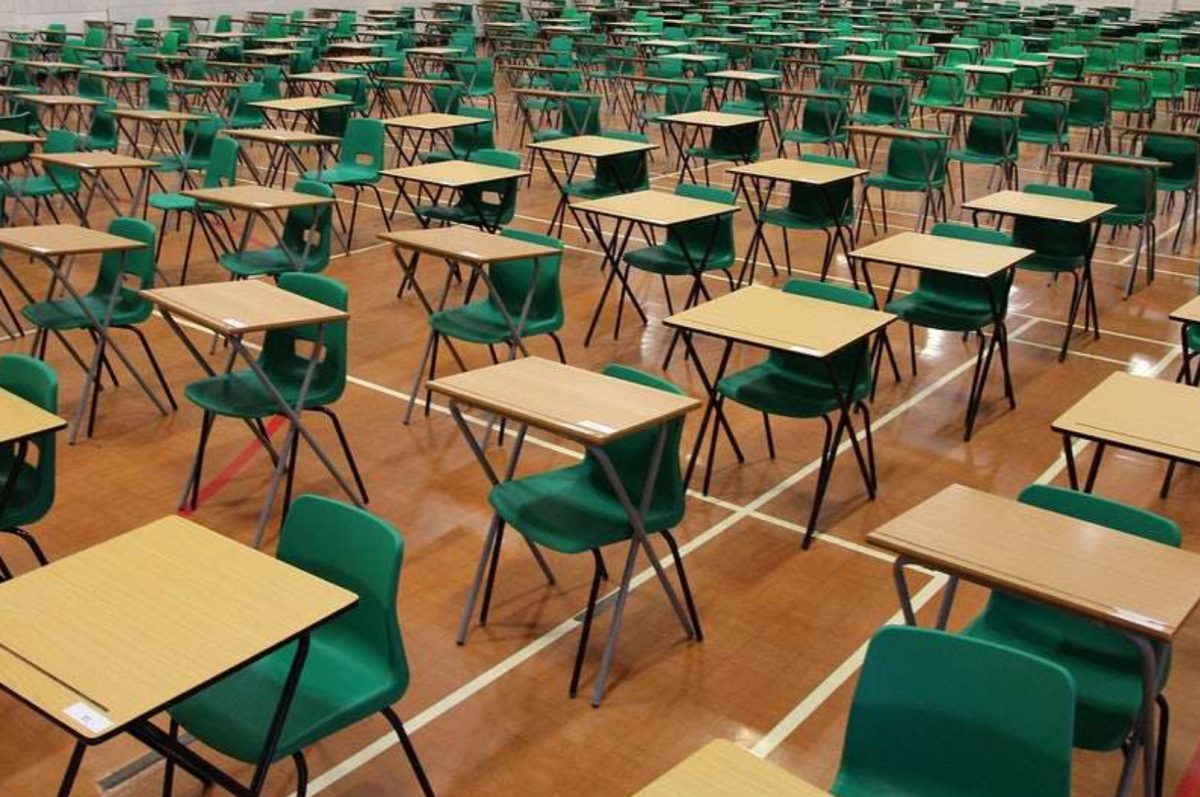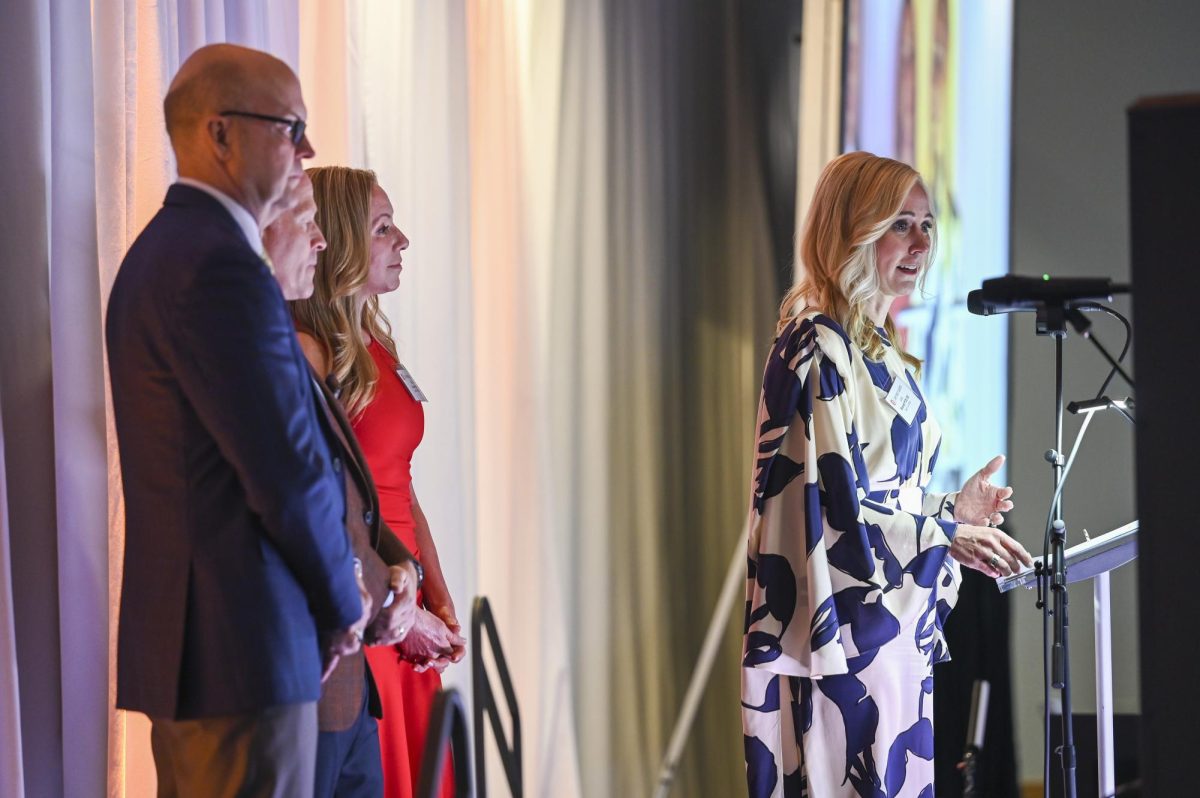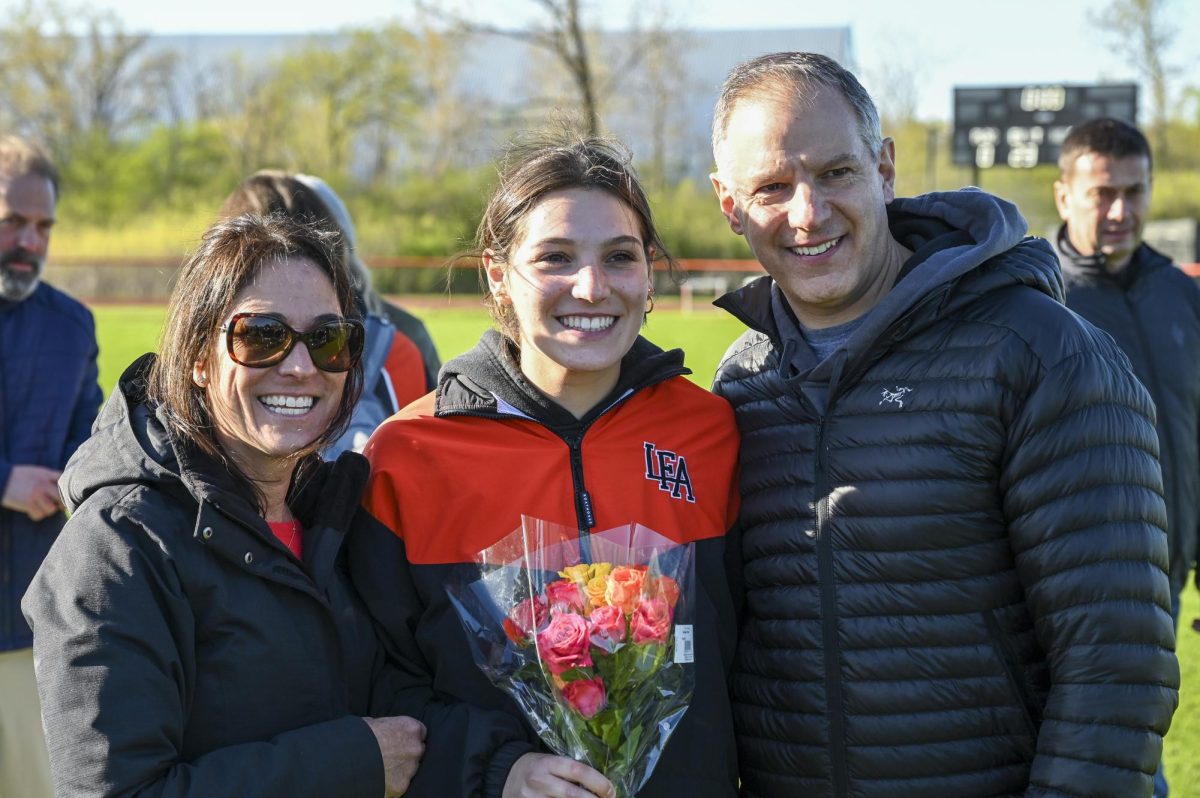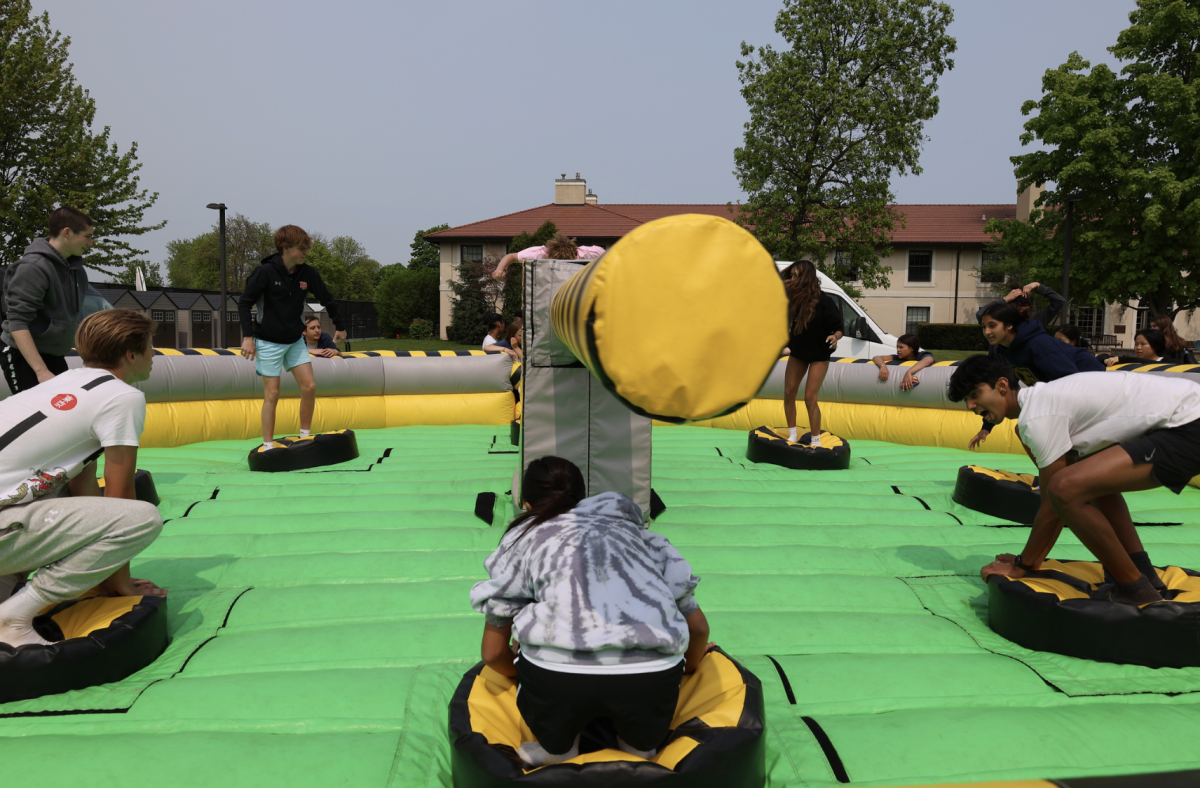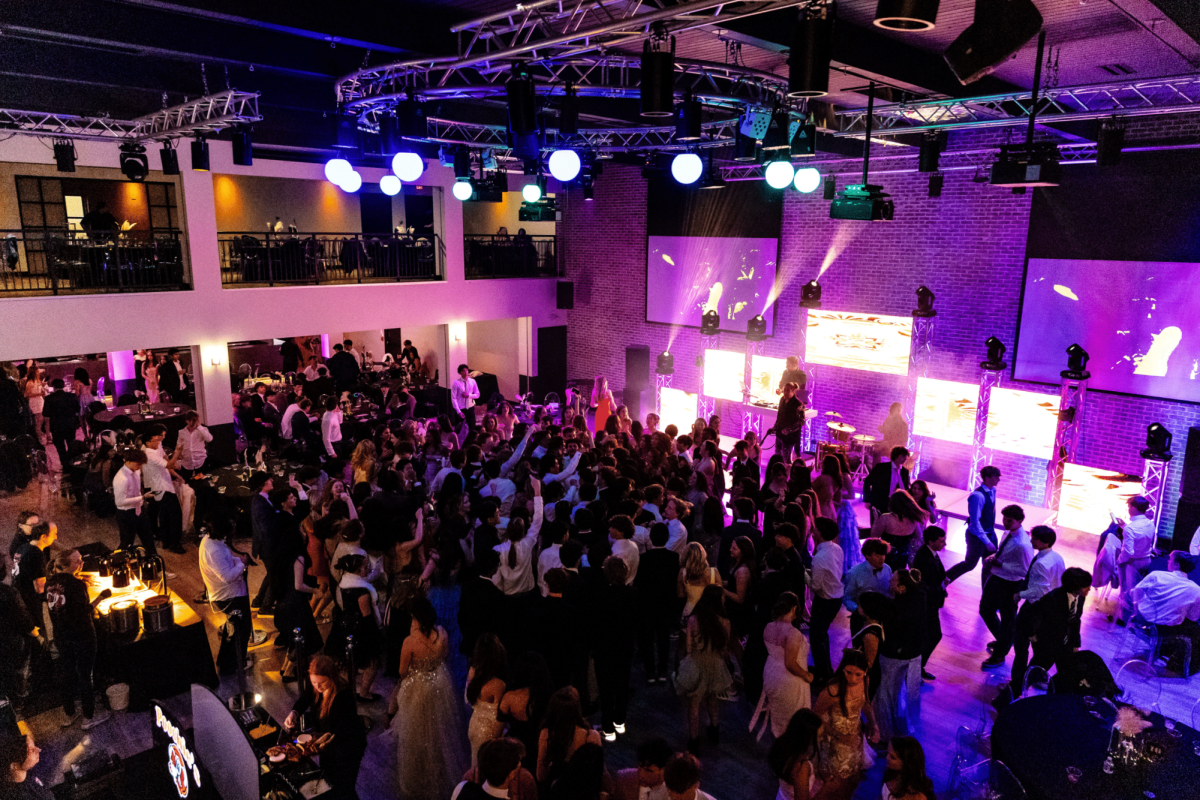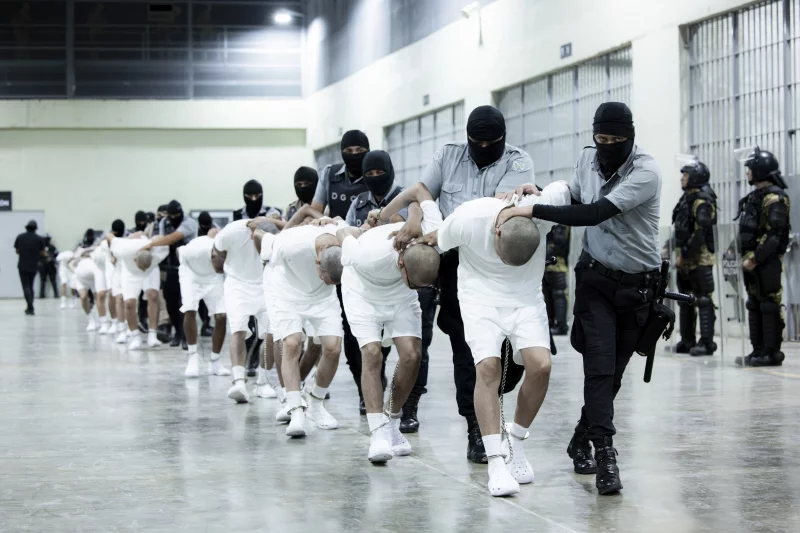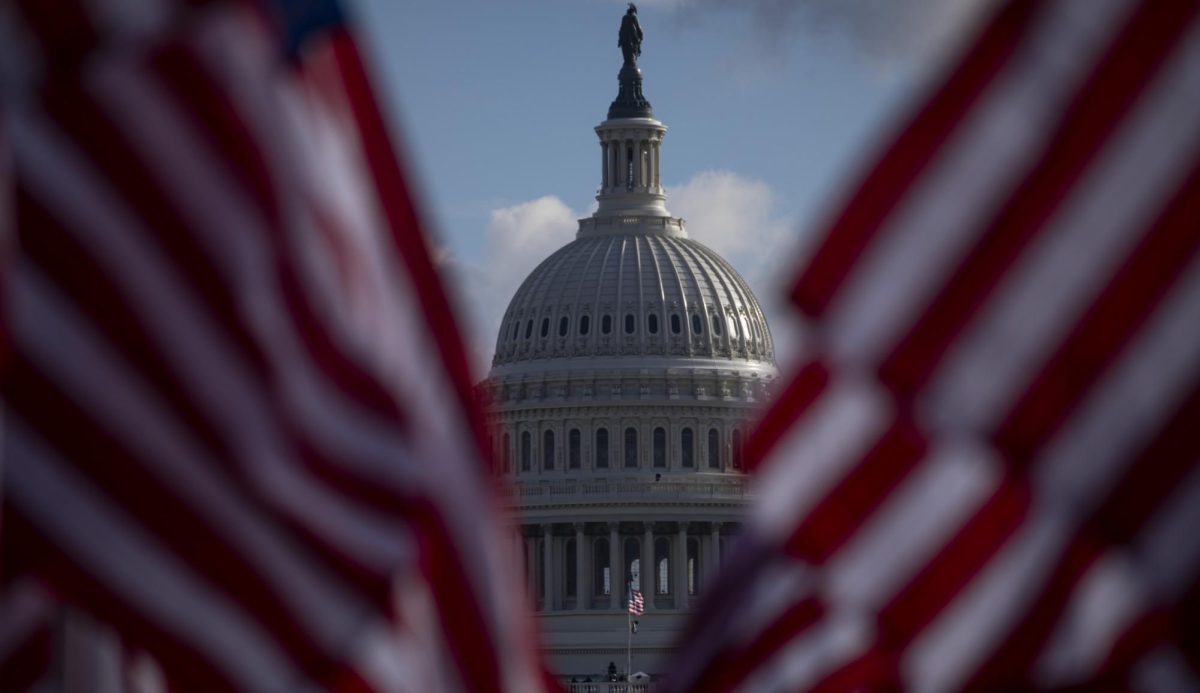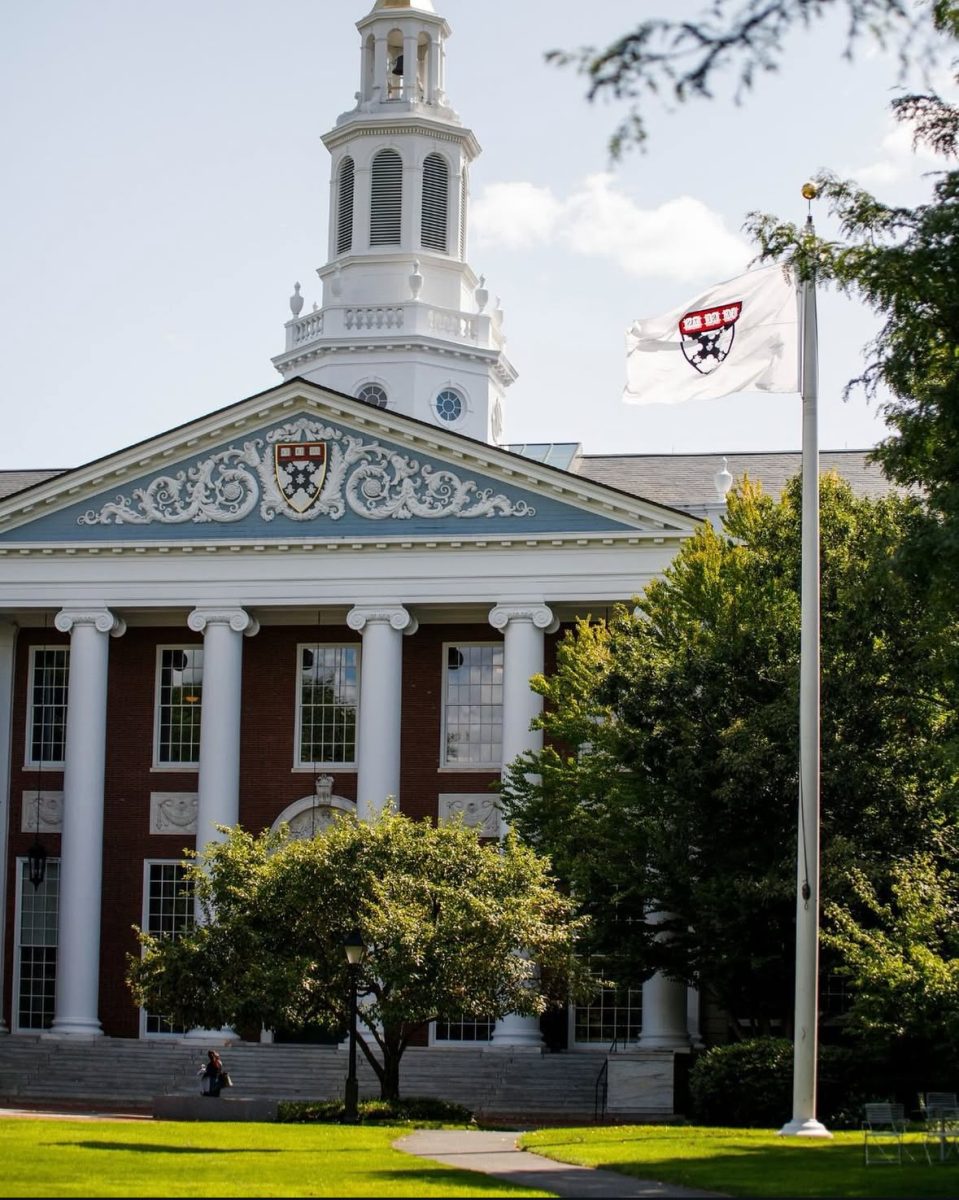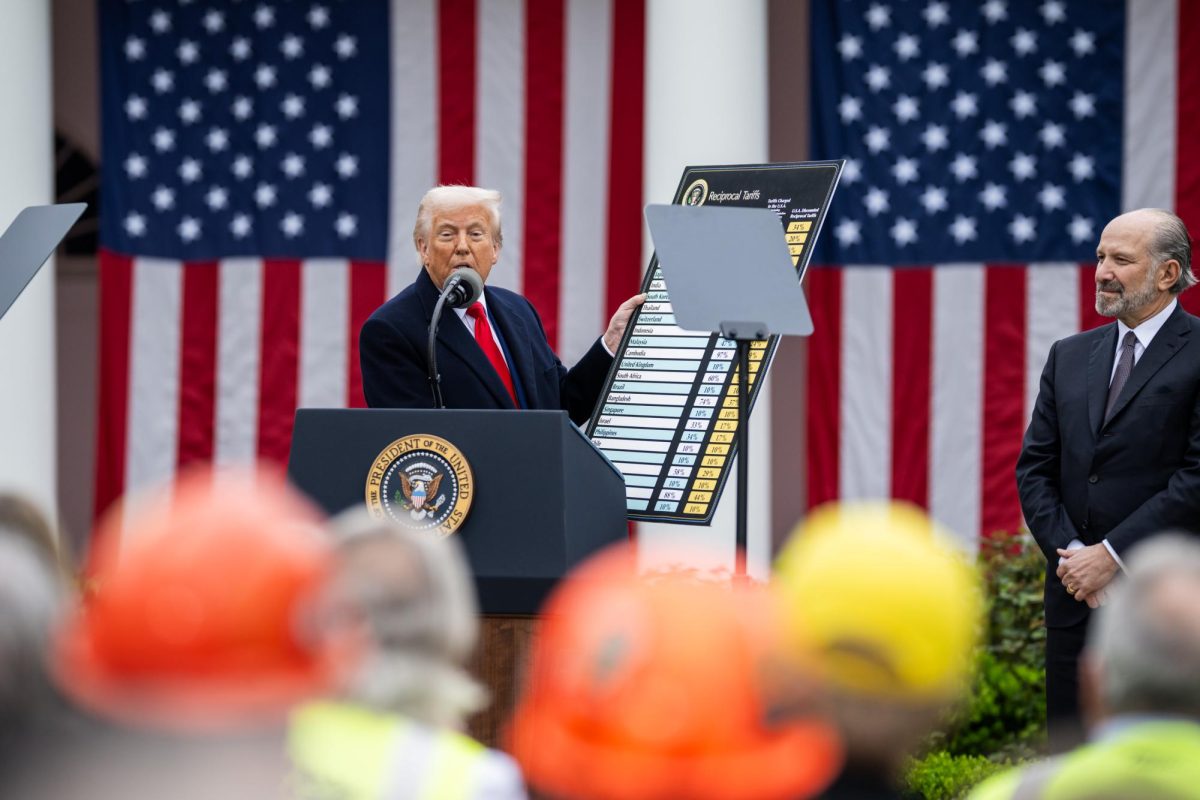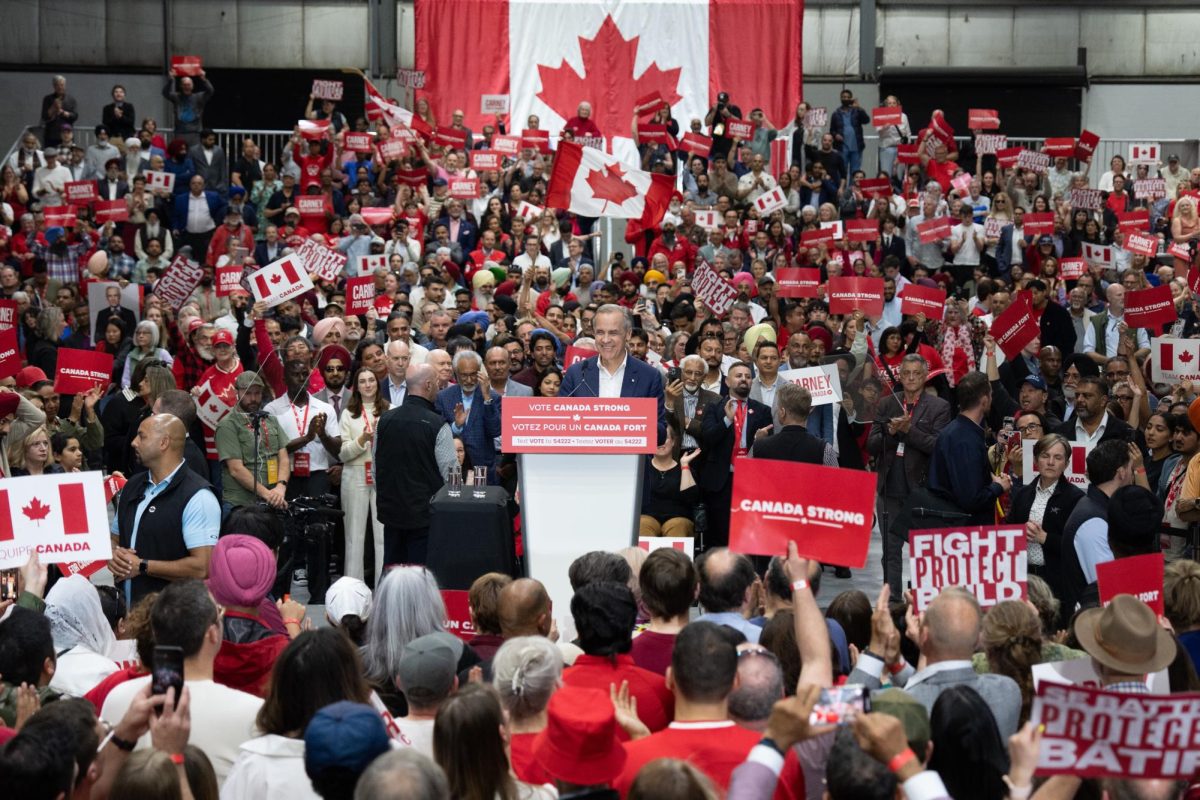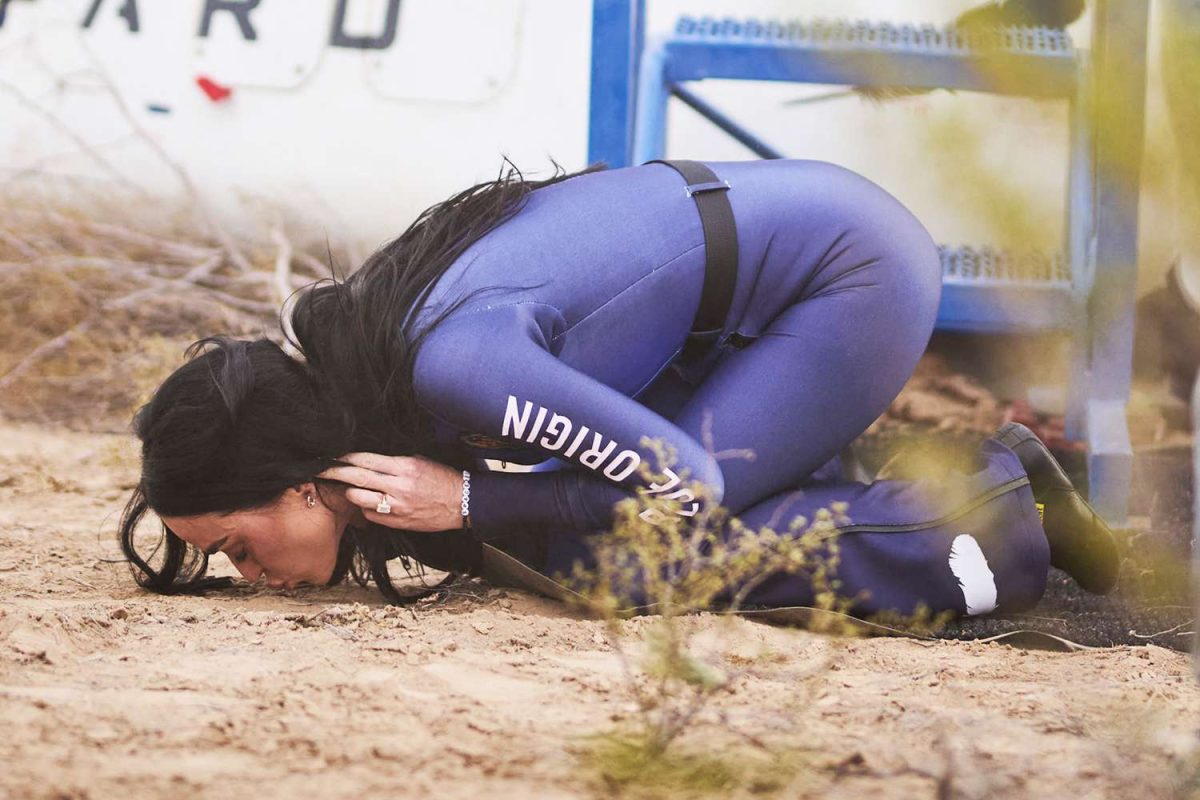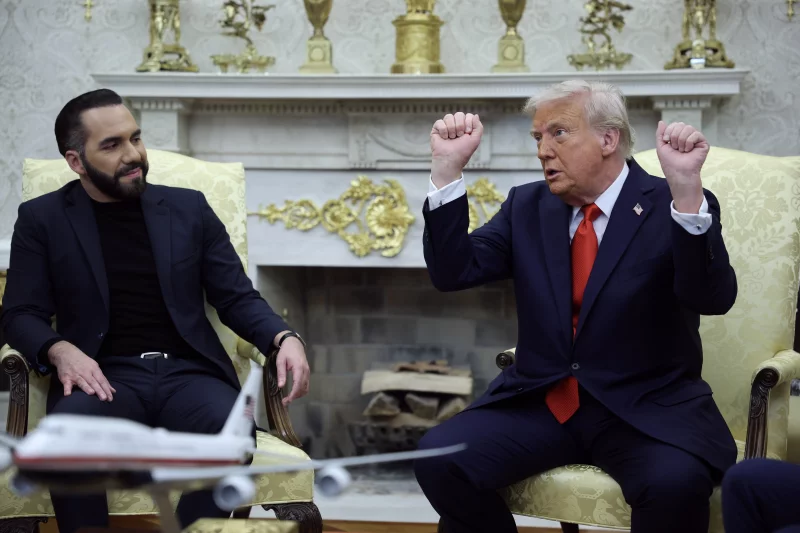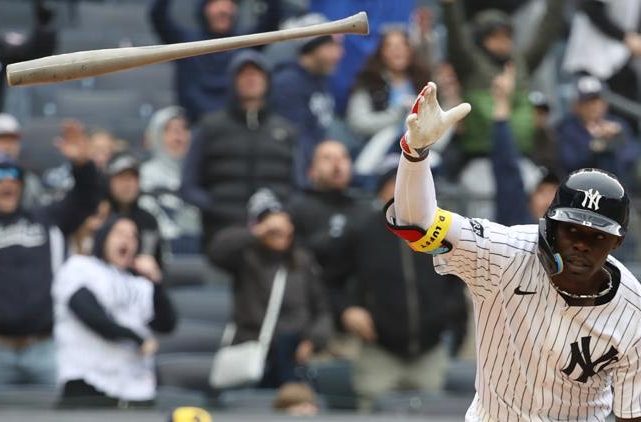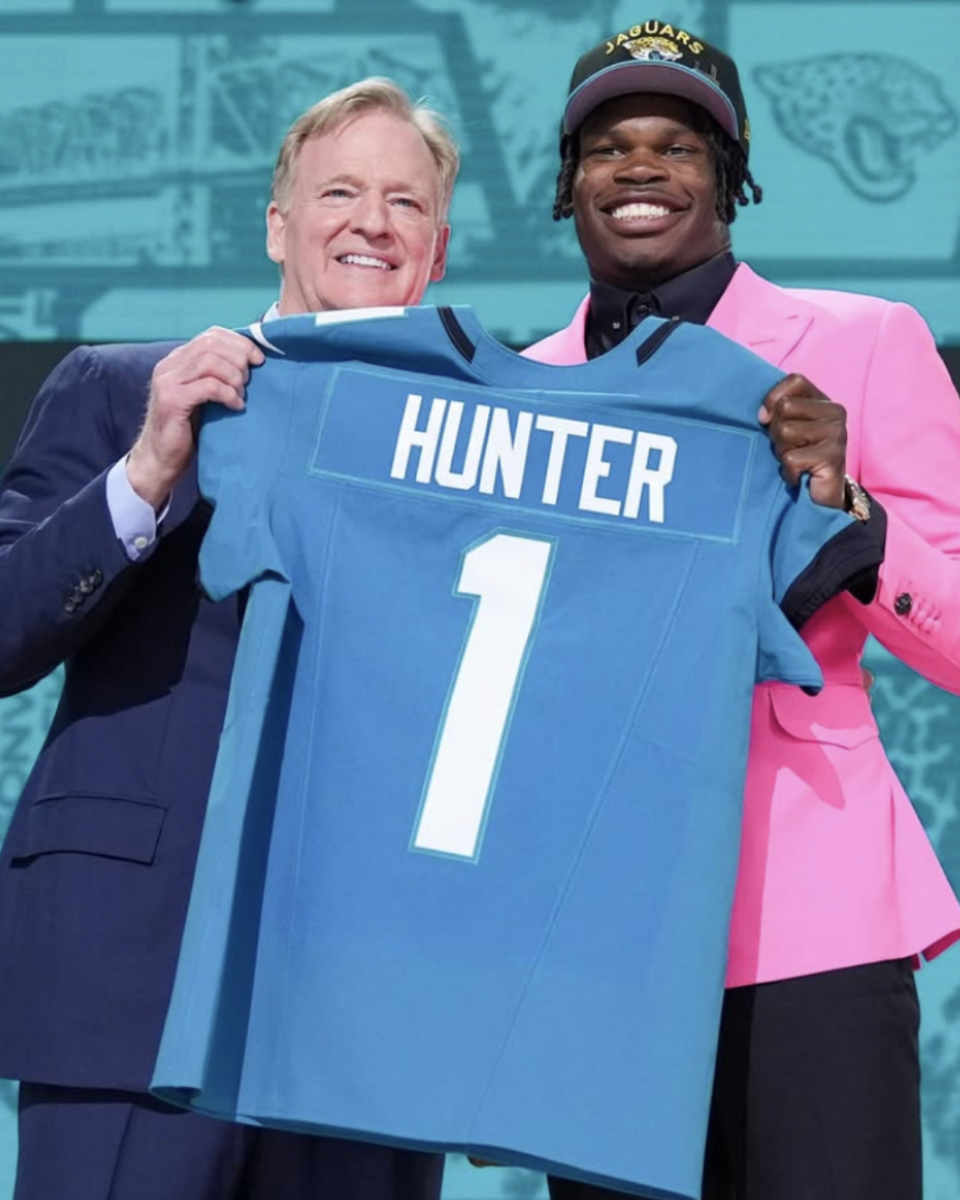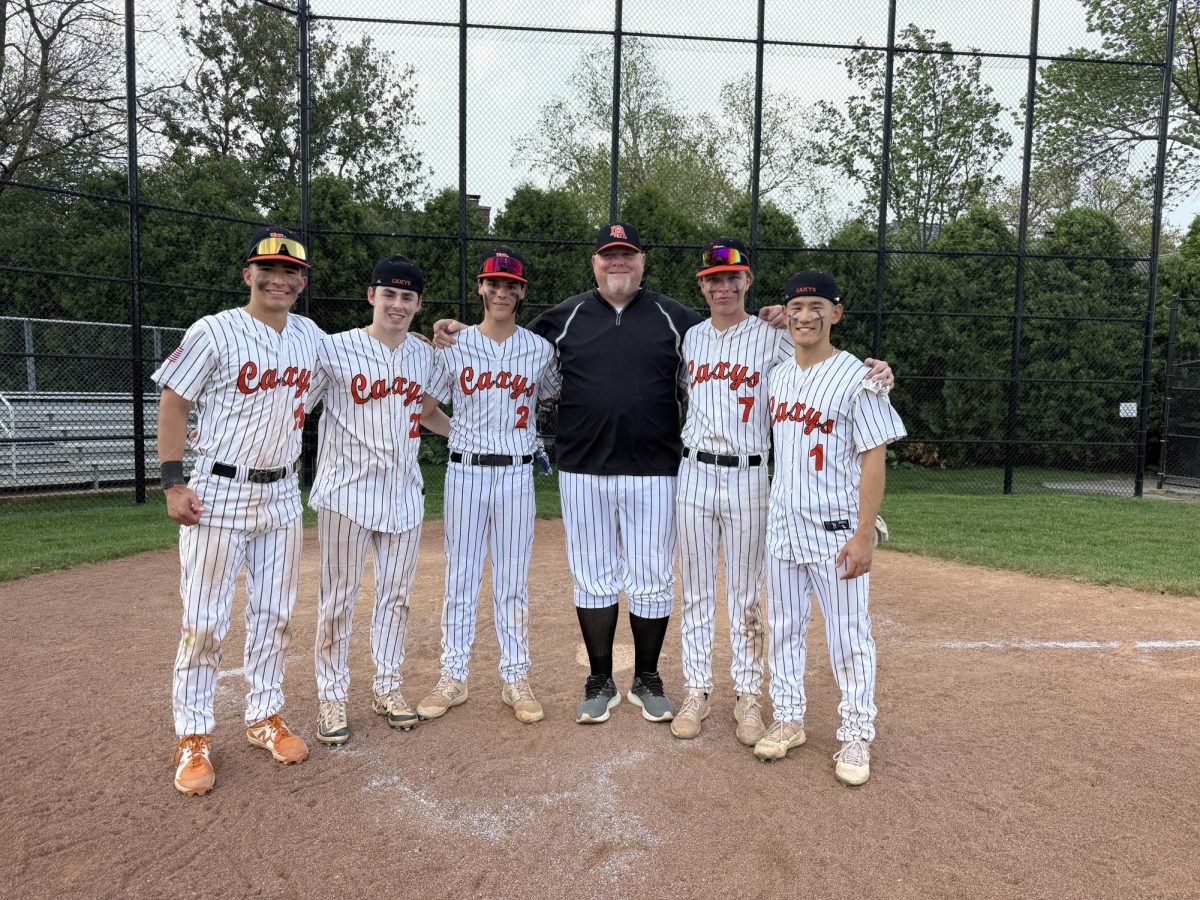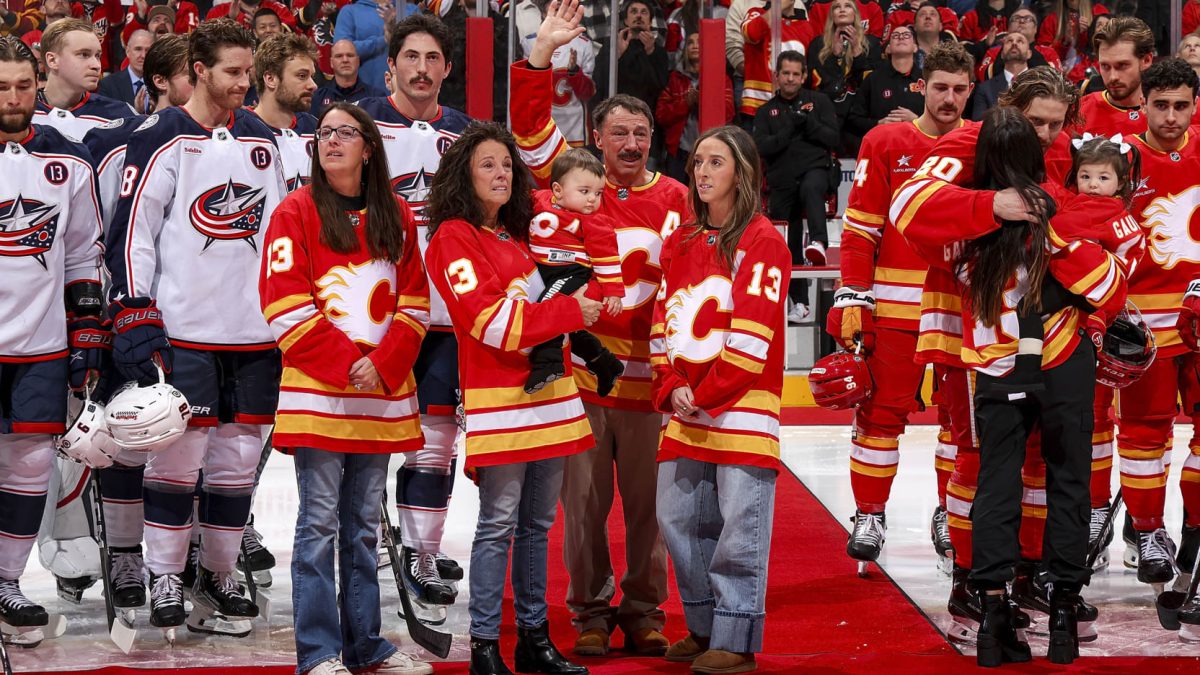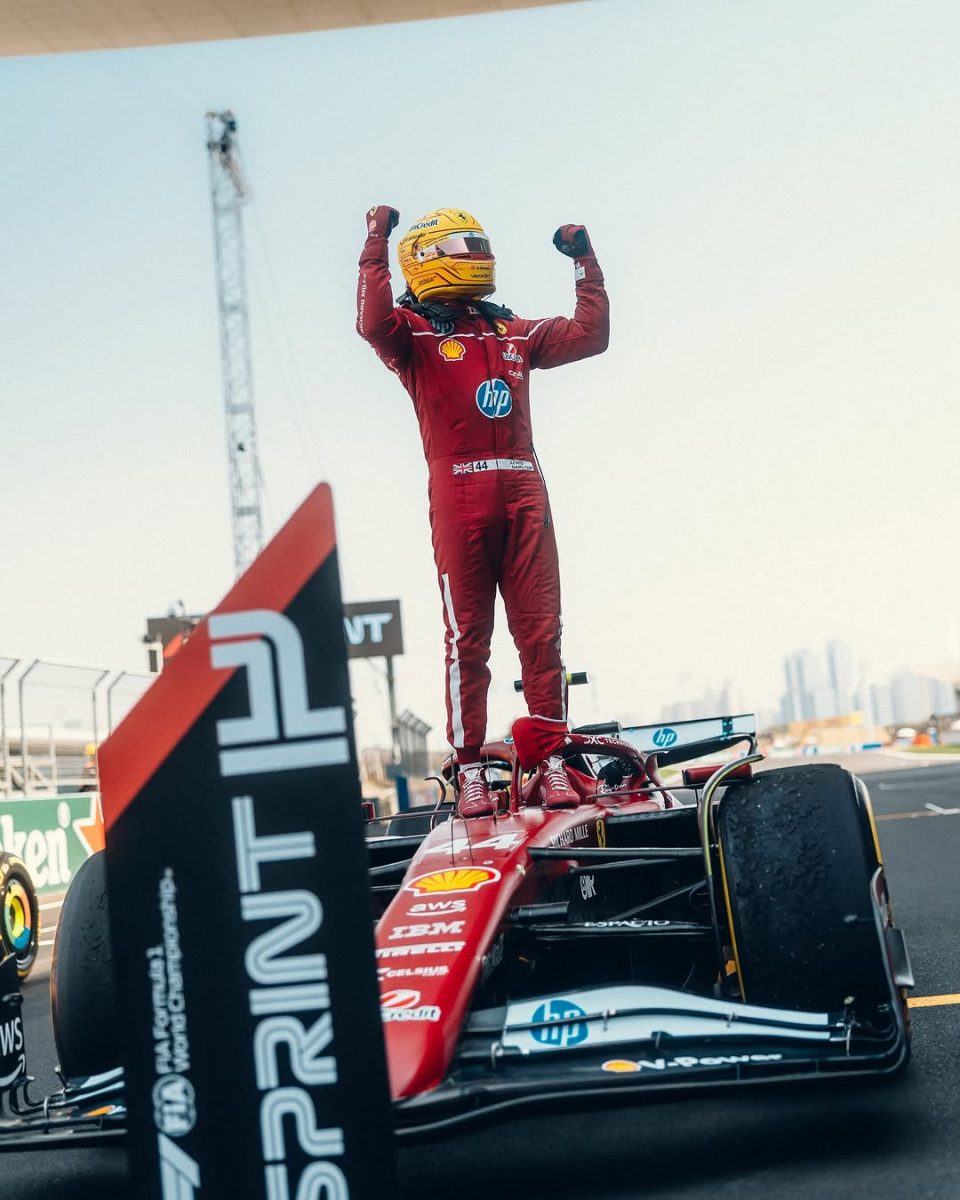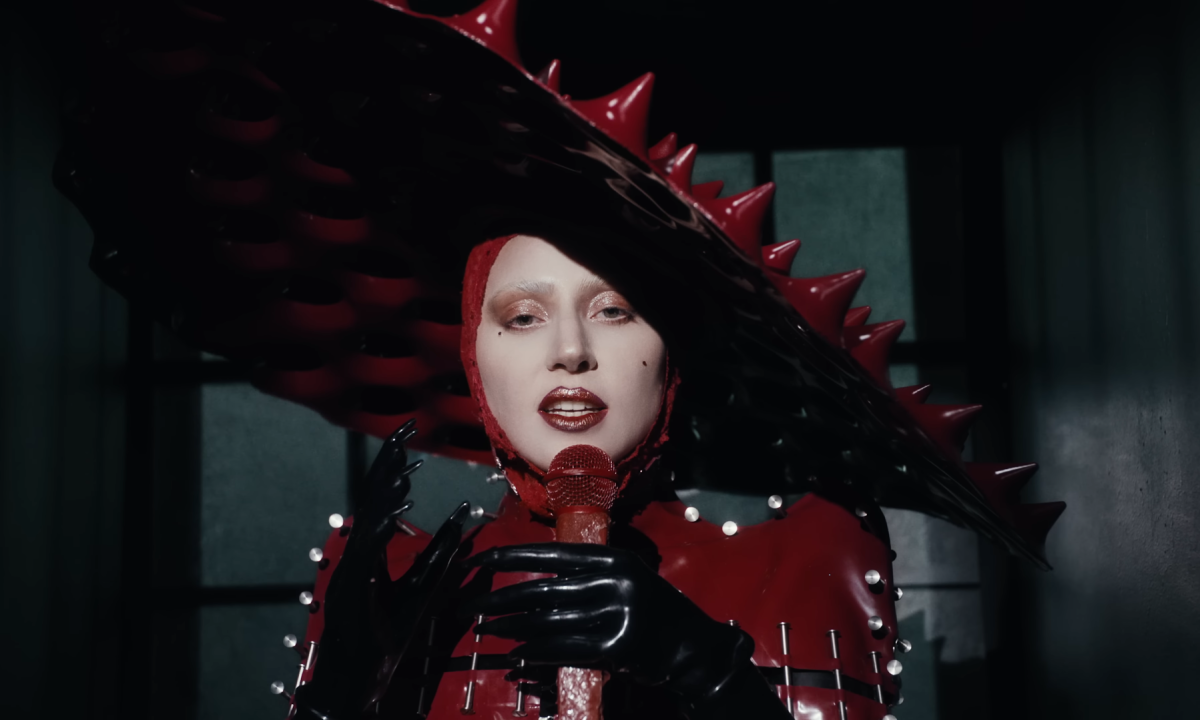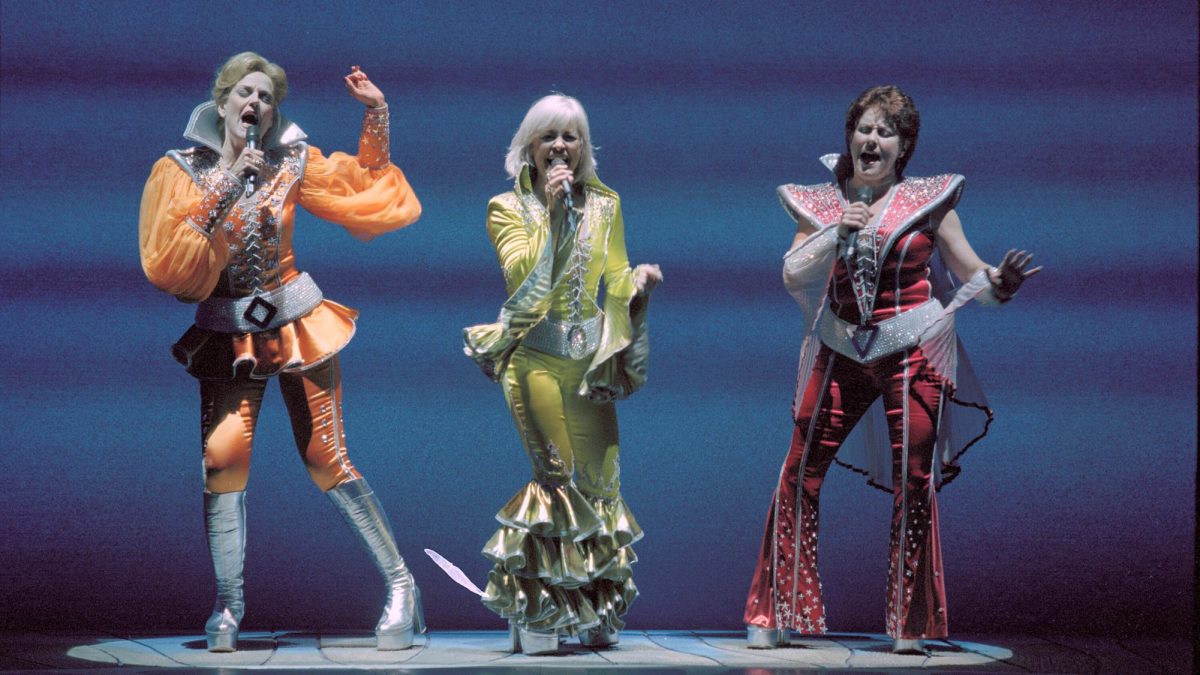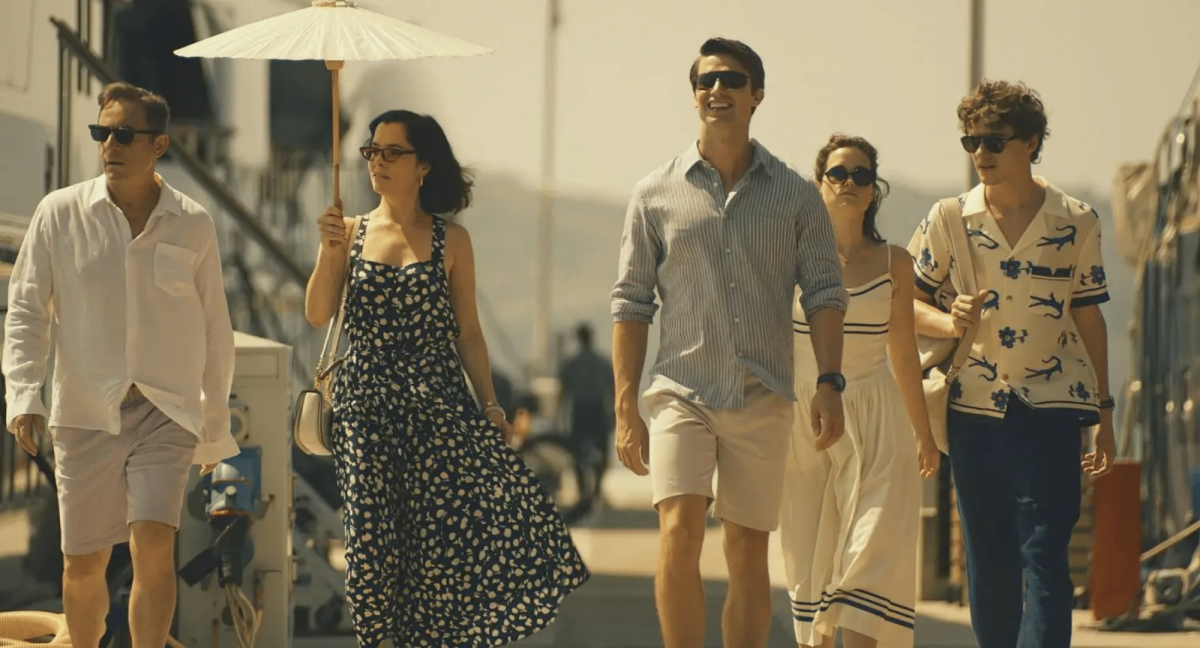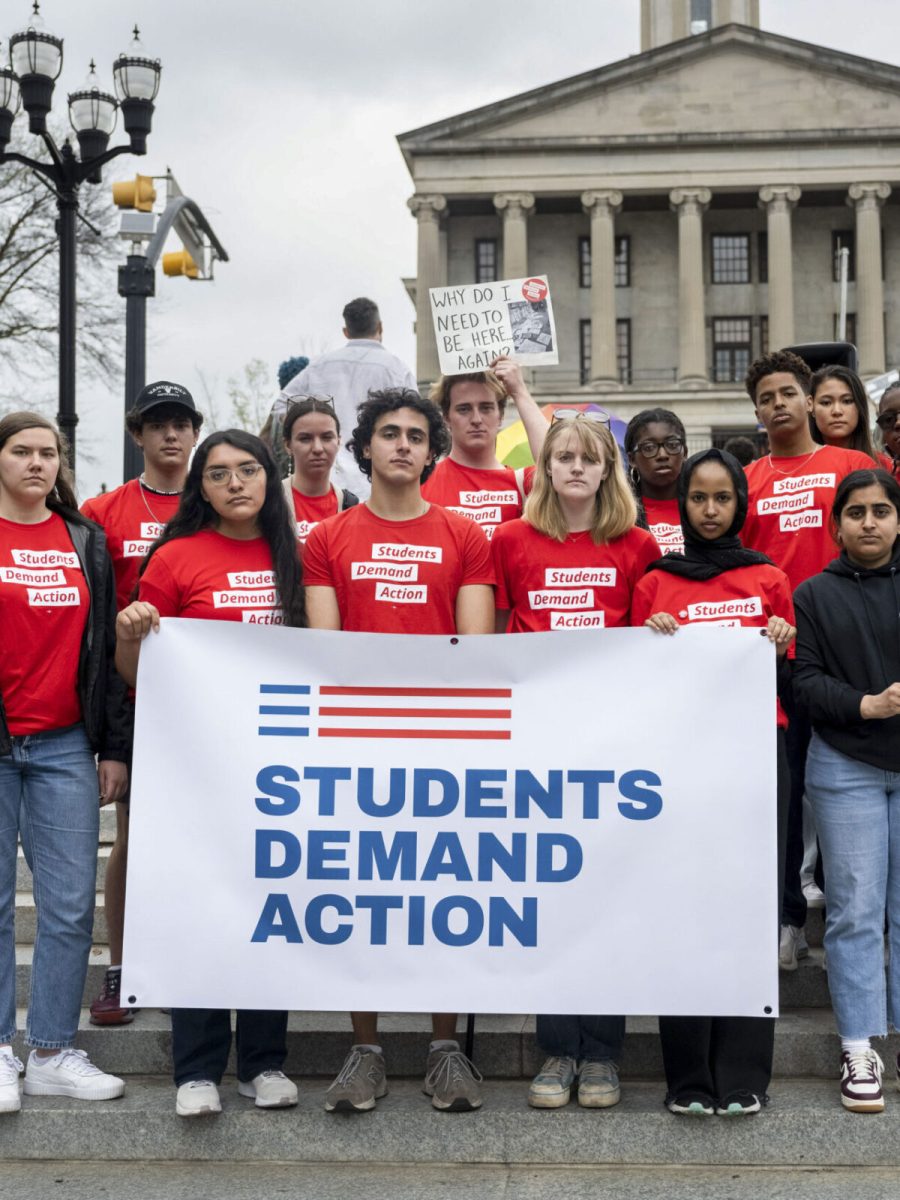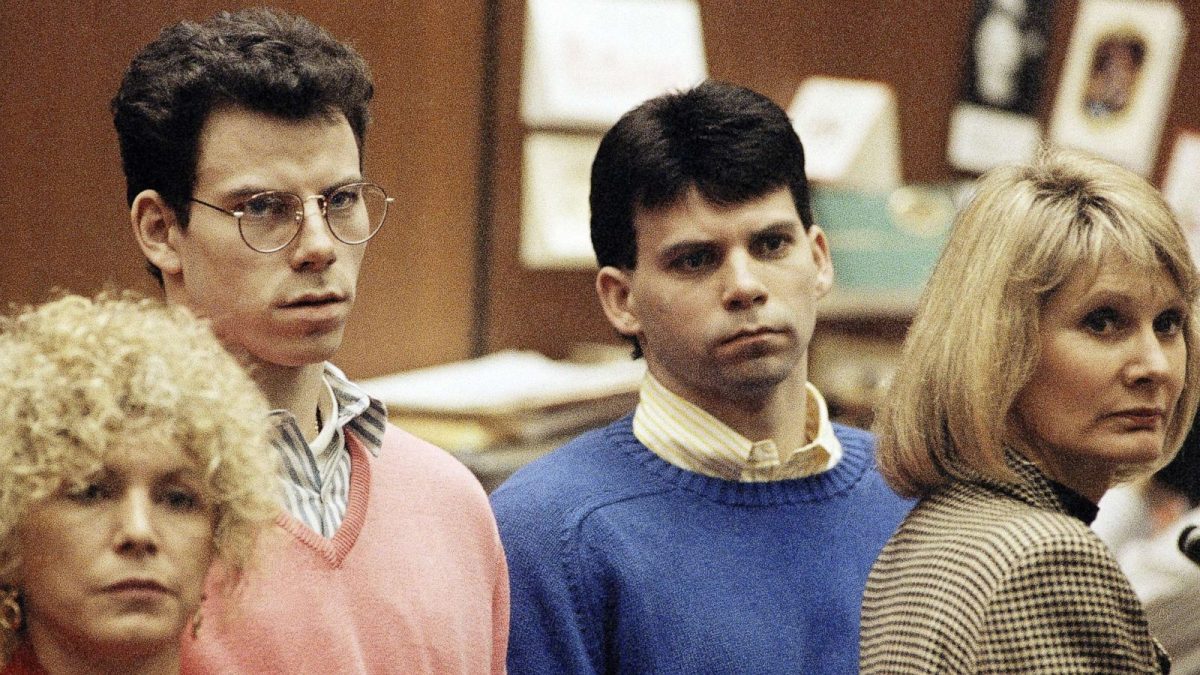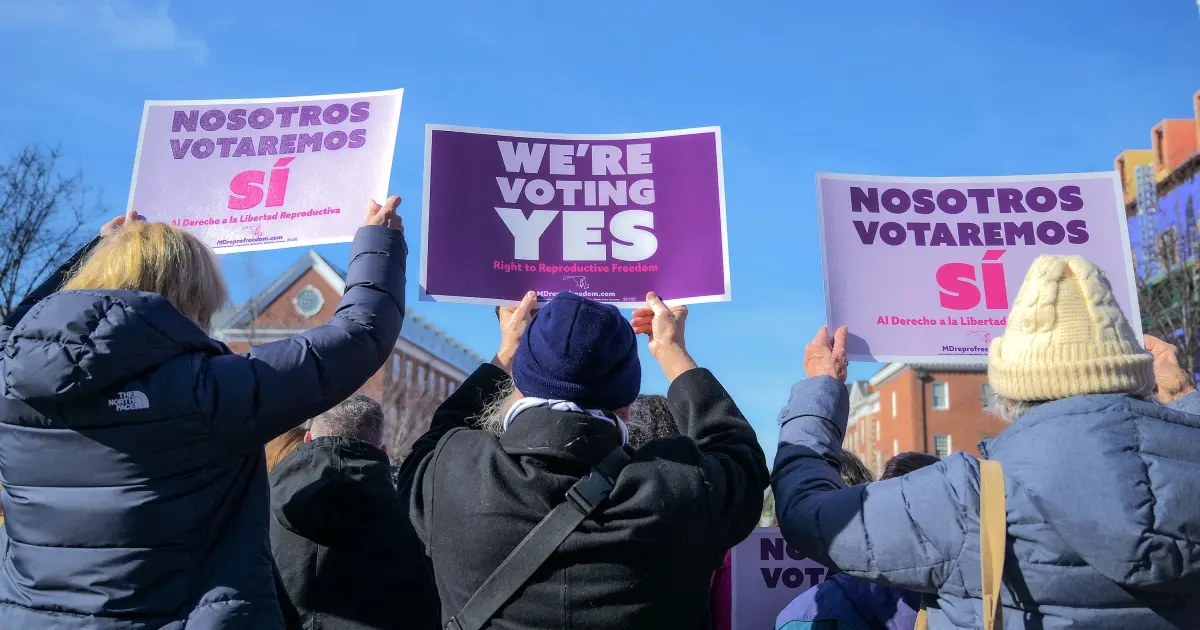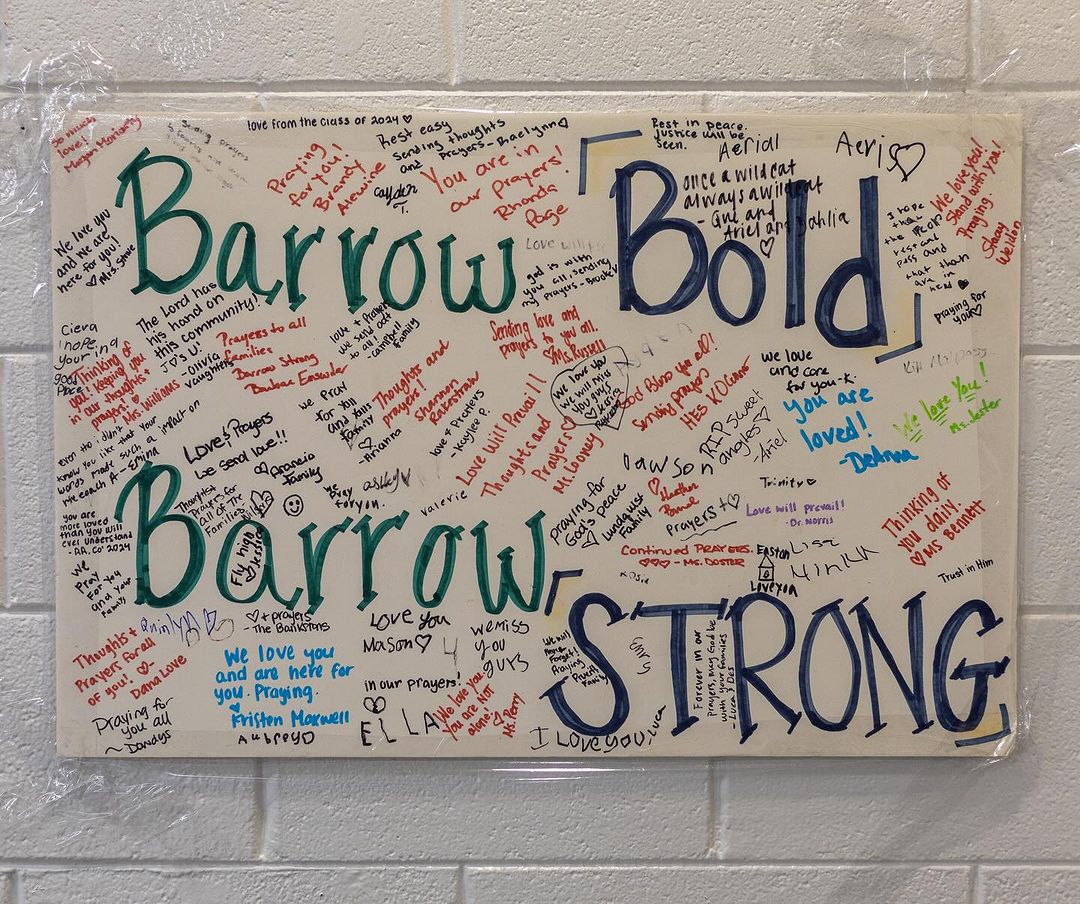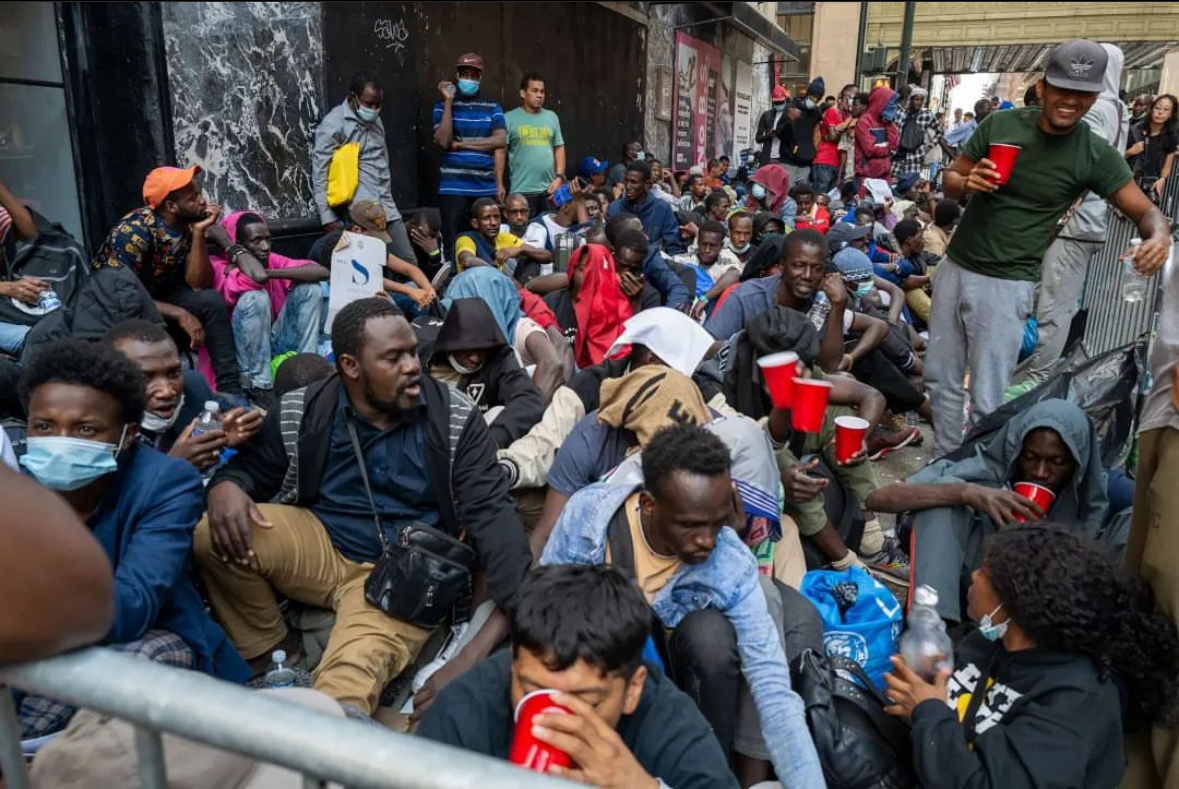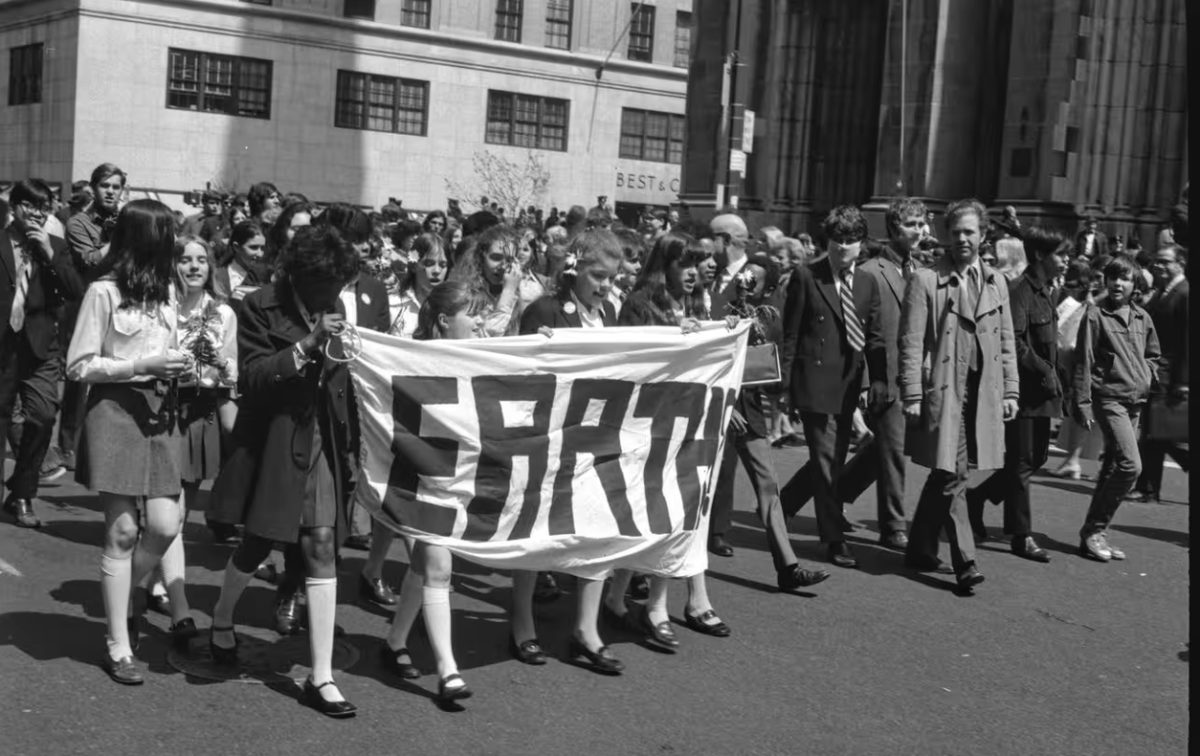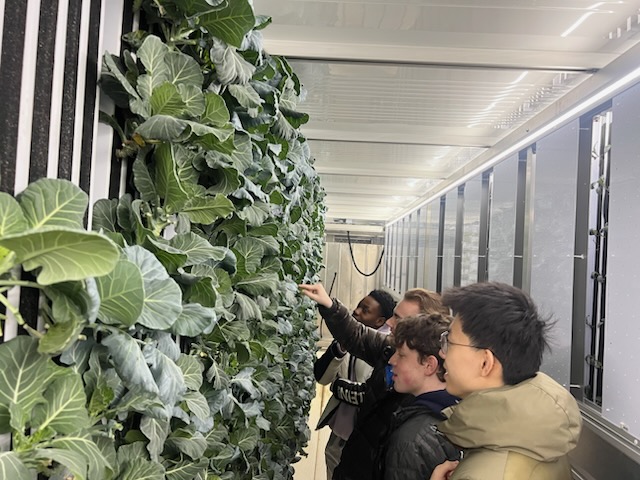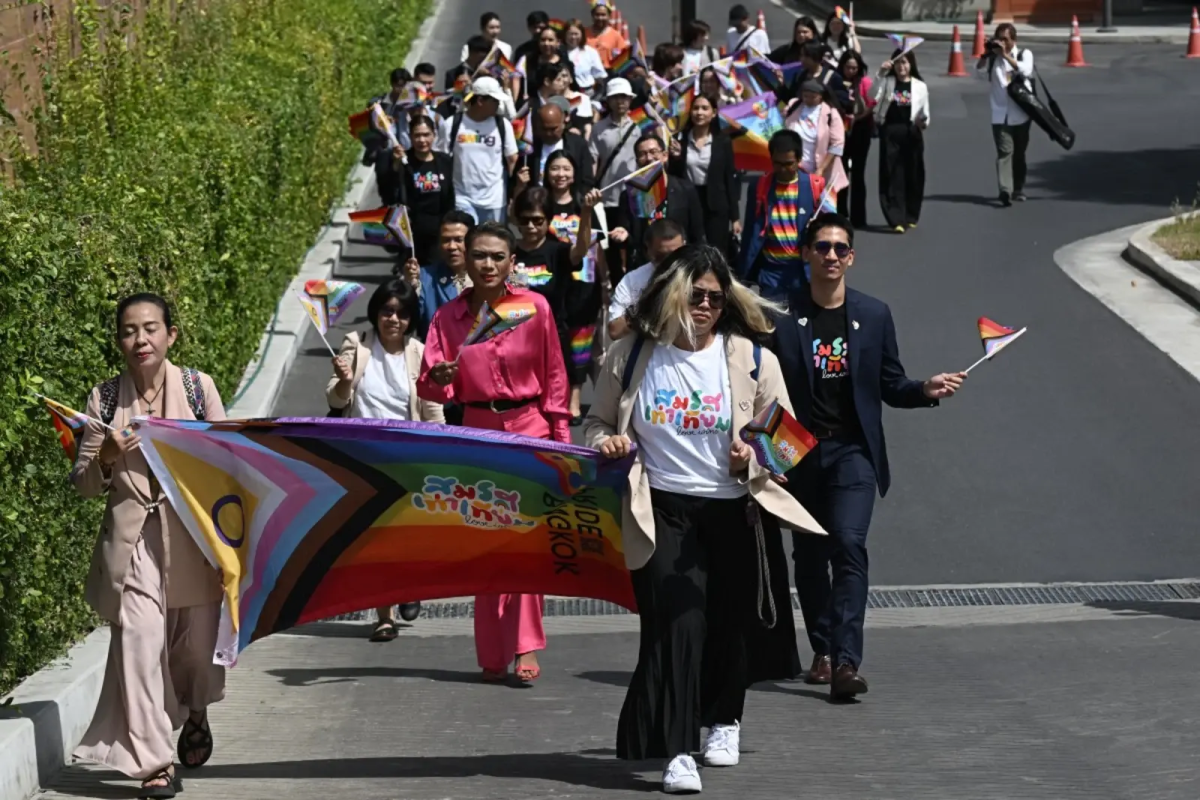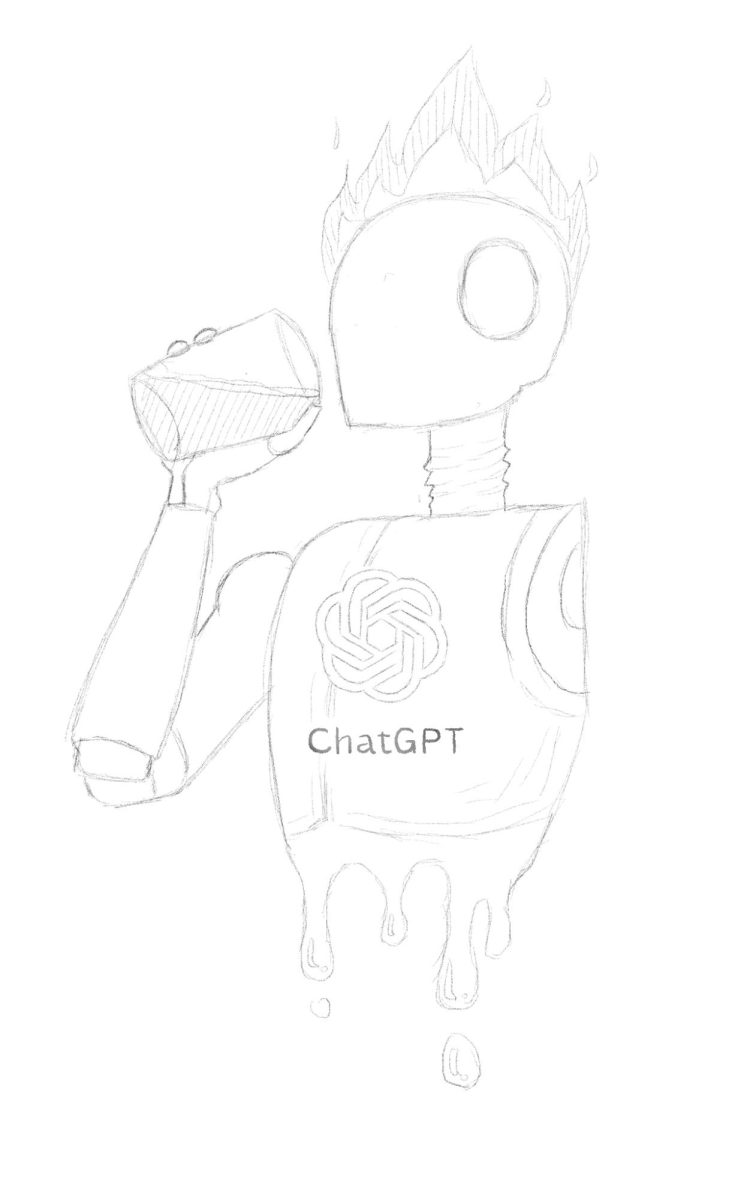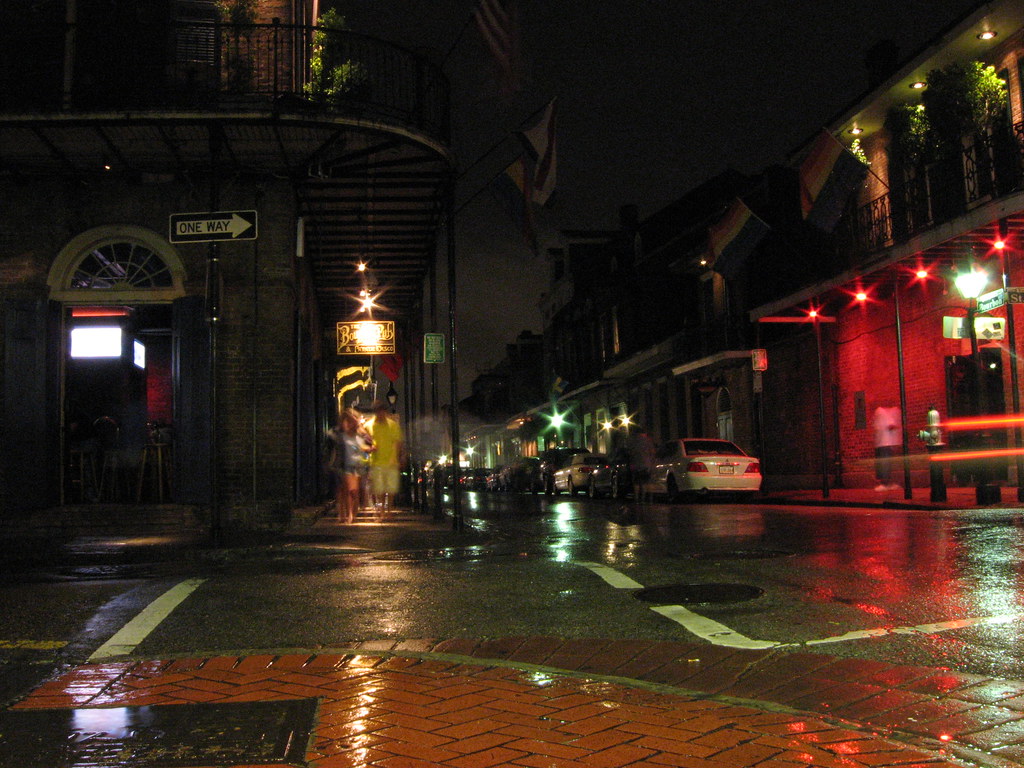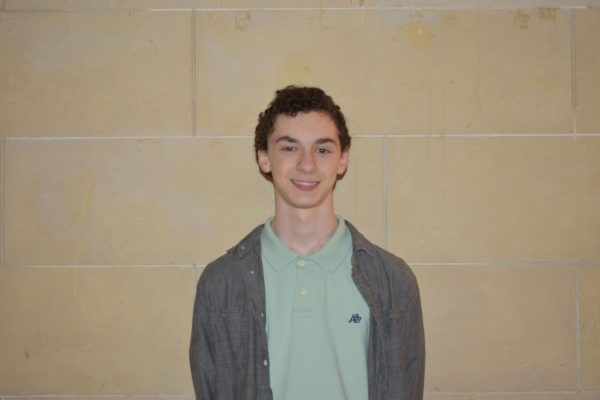At around 3:15 a.m. on New Year’s Day, a man in a pickup truck sped around a police barricade in the middle of the French Quarter in New Orleans, Louisiana, and drove through a crowd of pedestrians on Bourbon Street. At least 14 people died in the attack.
The man, Shamsud-Din Jabbar, was a 42-year-old army veteran from Texas, according to the FBI. Hours before the attack, Jabbar posted videos to social media indicating his support for ISIS and expressing his intent to kill. Jabbar’s truck had a black ISIS flag attached to its rear bumper. Surveillance video footage additionally revealed that Jabbar planted functional IEDs (improvised explosive devices) around the scene of the crash, although they did not go off. Jabbar died in a shootout with police minutes after he crashed.
The attack, coming at the beginning of the new year, diminished the feelings of hope and optimism that the changing of the calendar can bring – the same feelings that those on Bourbon Street were celebrating. Among the victims were a 27-year-old former Princeton University college football player, an 18-year-old nursing student and an audiovisual technician at the Superdome. Following the attack, Louisiana Governor Jeff Landry announced that the state flag would fly at half-mast for fourteen days, one day for each person killed in the tragedy.
Many of those affected by the event were in town for the College Football Playoff game at the Superdome between the University of Georgia and the University of Notre Dame, which was scheduled to begin that Wednesday night. Following the attack, the game was delayed until the next day.
Duff Friend, a New Orleans local, spoke about how the city’s community reacted to the attack: “It was a horrific, senseless act of violence. [Most people] just felt fortunate that none of their loved ones were down there.” Friend also advised against trying to assign blame to city officials for the event: “There was nothing the city could do about that; who would have thought that somebody would do something that insane?” He cited the removal of barricades to allow service trucks to enter the French Quarter at the time as a factor that made it difficult to prevent the attack without prior knowledge.
The city came together as they woke up to the news of the attack, creating a memorial to honor the memory of those killed in the early hours of January 1. The array of flowers and words of support demonstrate the community’s outpouring of support for the victims and acknowledgment of the solemnity of the situation, while also expressing frustration at how the attack could have occurred.
New Orleans is a lively city, home to passionate residents – the very ones who were celebrating a fresh start on New Year’s Day. Despite striking its very heart, the attack hasn’t kept the city down for very long. As Friend put it, “It [feels like] a small town… we’re shoulder-to-shoulder with one another all the time, so, yes, the city came together, but it always does.”

